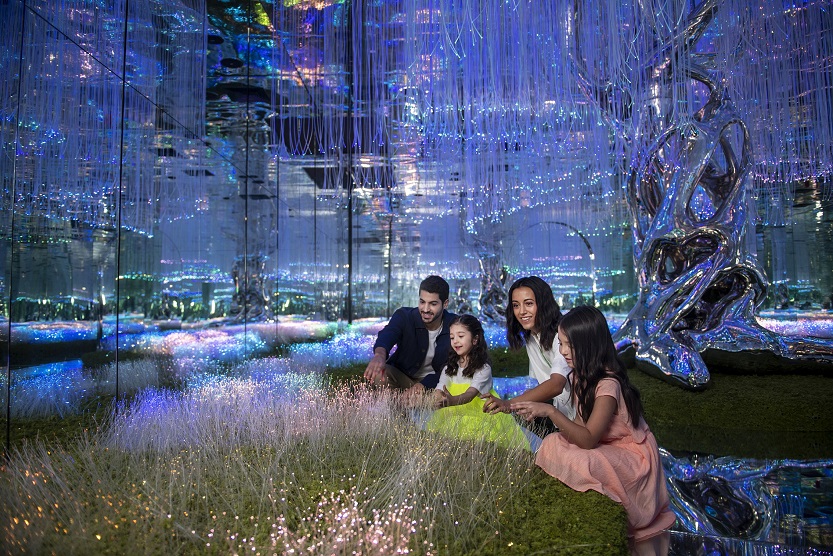The term “metaverse” refers to a virtual world where users can interact with each other and digital objects in a three-dimensional space. In recent years, metaverse art has emerged as a new genre of contemporary art that combines traditional art-making techniques with cutting-edge technology. As virtual reality and augmented reality technologies become more accessible and sophisticated, the potential for metaverse art to revolutionize the art world is becoming increasingly clear.
One of the most significant advantages of metaverse art is that it offers a new way to experience and engage with art. In a metaverse, users can explore digital spaces that are not bound by the physical limitations of the real world. They can view art from any angle, interact with it, and even create their own artworks. This provides a level of interactivity and engagement that is impossible in a traditional gallery or museum setting.
Metaverse art also allows artists to experiment with new mediums and techniques. For example, some artists are using virtual reality technology to create immersive installations that transport viewers to other worlds. Others are using augmented reality to create interactive sculptures and installations that respond to the viewer’s movements and gestures.

Another advantage of metaverse art is that it allows artists to reach a wider audience. Traditional galleries and museums are limited by their physical locations, but metaverse art can be accessed from anywhere in the world. This means that artists can share their work with a global audience, potentially reaching more people than they ever could with a physical exhibition.
Of course, there are also challenges and limitations to metaverse art. For example, the technology required to create and experience metaverse art can be expensive and complex. Additionally, there are questions around intellectual property and ownership rights in virtual spaces.
Despite these challenges, the potential for metaverse art to change the art world is significant. As virtual reality and augmented reality technologies continue to evolve and become more accessible, it is likely that we will see more and more artists exploring the possibilities of metaverse art. This could lead to a new era of art-making and art appreciation, one that is not limited by the physical constraints of the real world.



